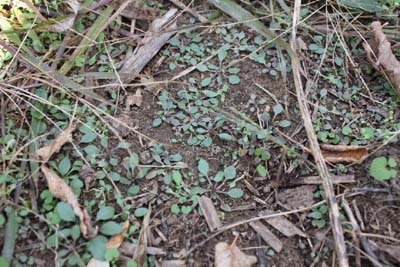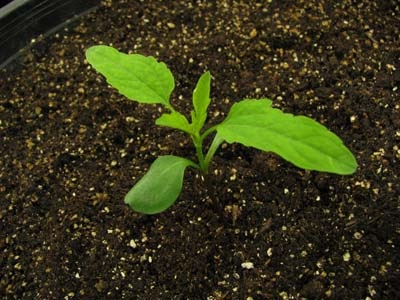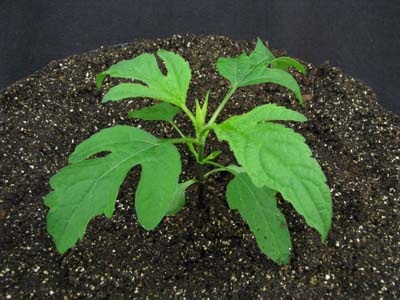Why pre-plant herbicides are critical in soybean production
Learn about the importance of pre-plant herbicides to control difficult to manage weeds in soybeans.
If you grow soybeans and have Canada fleabane, common ragweed or giant ragweed growing in your fields, the use of pre-plant herbicide tank-mixes will be your best chance at achieving good control of these weeds. Management options for these three weeds are either limited or do not provide acceptable control once the soybean crop has emerged.
Why are these weeds so difficult to manage? Populations of all three species exist in Ontario that are resistant to glyphosate. In addition there are also populations of Canada fleabane and giant ragweed resistant to FirstRate (cloransulam) and Classic (chlorimuron).
Canada fleabane (also known as Mare's Tail and Horseweed)
Herbicide control
- Figures 1-3
- 12 Counties in Ontario have glyphosate resistant populations (Figure 4)
- 12% of confirmed glyphosate resistant sites in Ontario were also resistant to "group 2" herbicides (for example, FirstRate) and occur in six counties (Figure 4).
- Tall plants (1.5 m (4'-6") or higher) can produce over 200,000 seeds
- Majority of seeds (~80%) will germinate upon dispersal.
- Seeds are air born and will move several hundred metres.
- see Table 1. Herbicide control
I heard Sencor (metribuzin) was effective on fleabane. Why isn't it included in the Table 1?
The 600 g/acre rate of Sencor 75DF (metribuzin) provided exceptional control in Dr. Sikkema's trials. However, this is the highest label rate and can cause significant crop injury and yield loss if used on high risk soils (low organic matter, coarse textured). Efficacy of Canada fleabane with lower rates of metribuzin have not been evaluated in Ontario. However, Eubank et al., 2008 used the equivalent of 225 g/acre of Sencor 75DF and observed Canada fleabane control that ranged from 53–73%.
Giant ragweed
- 7 Counties in Ontario have glyphosate resistant populations (Figure 5)
- 6% of confirmed glyphosate resistant sites in Ontario were also resistant to "group 2" herbicides (for example, FirstRate) and occur in 3 counties. (Figure 5)
- Considered one of the most competitive species in Ontario.
- Female plants (seed producing) are wind pollinated by male plants.
- Wind born pollen can travel several kilometers.
- Figure 6
- see Table 2. Herbicide control
Pre-plant management options for Canada fleabane
| Glysophate tank mix partner | Rate | % Control |
|---|---|---|
| Eragon + Merge | 14.4g + 0.5% v/v | 98 |
| First Rate | 17g/ac | 95 |
| Amitrol 240 | 3.3 L/ac | 93 |
| 2,4-D LV Ester 700 | 0.32 L/ac | 86 |
| Liberty | 1 L/ac | 75 |
Pre-plant management options for giant ragweed
| Glysophate tank-mix partner | Rate | % Control |
|---|---|---|
| 2,4-D LV Ester 700 | 0.32 L/ac | 96 |
| Amitrol 240 | 3.3 L/ac | 91 |
| Eragon + Merge | 14.4g + 0.5% v/v | 87 |
| FirstRate | 17 g/ac | 84 |
Acknowledgements
The research conducted by Dr. Sikkema's lab could not have been done without the assistance of Chris Kramer (research technician), and current and former graduate students Holly Byker, Laura Ford, Joanna Follings and Joe Vink. Funding for this project was provided by the Agricultural Adaptation Council, Monsanto Canada and the Grain Farmers of Ontario.
Footnotes
- footnote[*] Back to paragraph Populations of Canada fleabane are also resistant to this herbicide.
- footnote[**] Back to paragraph Must be applied a minimum of 7 days prior to planting Data courtesy of Dr. Peter Sikkema, University of Guelph (Ridgetown Campus)
- footnote[***] Back to paragraph Populations of Giant ragweed are also resistant to this herbicide.





